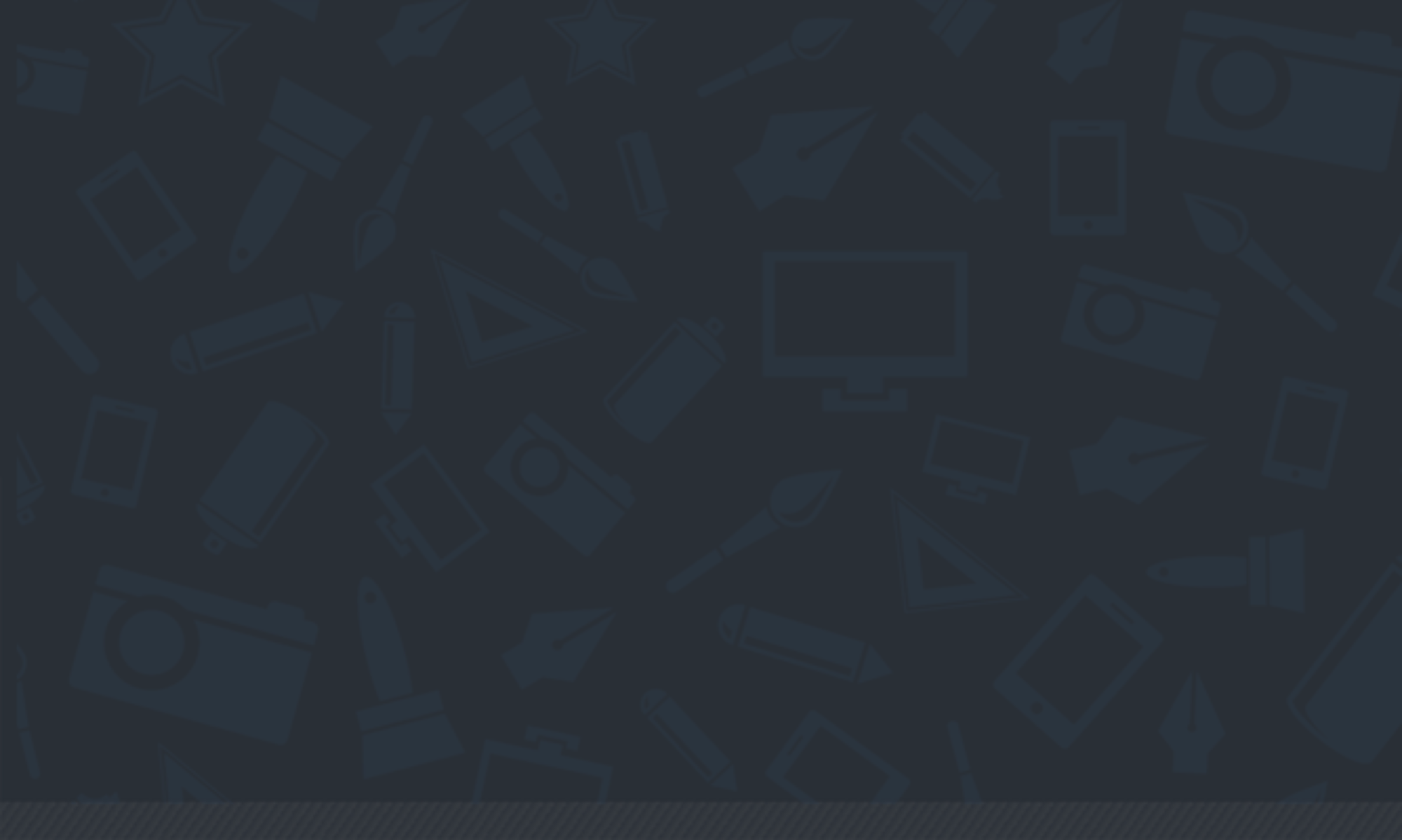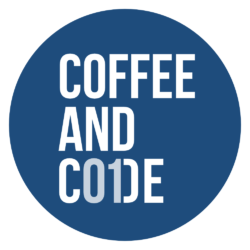It’s not often discussed, but it’s easy to be disheartened working as a freelancer or in a small consultancy in this business. More times than I can count, I’ve been to a conference or watched a presentation where someone describes a project they worked on with large teams, long deadlines, and tons of resources. They might discuss how they leveraged a user testing lab, or their findings after a full 508 audit (link), or how their focus on performance sped up their app and increased revenues.
You come home energized and inspired, but then it quickly fades; your projects don’t have the timelines or budgets to accommodate much of what you learned, and pitching accessibility like that to your existing clients makes it seem like an optional piece that can be opted out of. The reality is that unless it’s your niche or you’re known for specializing with it, people aren’t coming to you for a project with a heavy focus in something like accessibility.
Does that mean you abandon what you learned and mope around? Of course not! You should continue to educate current and future clients; they’re hiring you to be the experts, so don’t be afraid to share what you’ve learned and what you’re striving for.
However, there’s a way to start improving your work right now, and that’s simply to level up your baseline. The best example I can think of this is building responsively. A few years ago it was a big deal, or worth calling out (and trying to get client buy in) for building things to adapt to different screens. Now though, we don’t even think about if a project will “be responsive” or not. It’s simply the right way to build things, and the default way we approach all projects. Media queries, scalable assets, and a mobile-first approach are just the way things are done.
There’s no reason we can’t apply a similar approach across the board to our work. We can apply techniques that are new to us, or possibly just new period in bite sized ways, making them part of our default workflows.
Let’s take design and feedback for example. You might not be able to stage multiple design reviews or whole-team critique sessions, but you could probably take a couple hours midway through a project and conduct an interface audit. Once you get used to it, it shouldn’t take too long, and you’ll have a great new tool baked in to your process.
Similarly, you might have learned about improving web performance but you don’t have the time to go all-in and focus on it (like Pinterest has done. But, you can familiarize yourself with the basics of web page test, and run your project/site through it once a week to track your progress (or to highlight areas ripe for improvement). You could identify one area to try and improve, and focus on that as your work progresses.
Accessibility is another area where many of us could improve our defaults. You may not be able to make it a large priority of any given project, but you can take the time to run your text colors and sizes through WCAG tools for contrast and legibility. You can also grab a browser extension like WAVE and check the hierarchy of pages and views your working on, to keep things usable for screen readers and other assistive technologies.
Piece by piece, you begin to level up your defaults you use regardless of what you’re working on. This is a powerful technique to not only help you grow, learn, and implement current ideas and technologies, but should improve the output of any projects you’re working on. You may not have the perfect project or client to do everything you want to do, but if you keeping growing and refining your defaults, each project along the way gets better and better.


